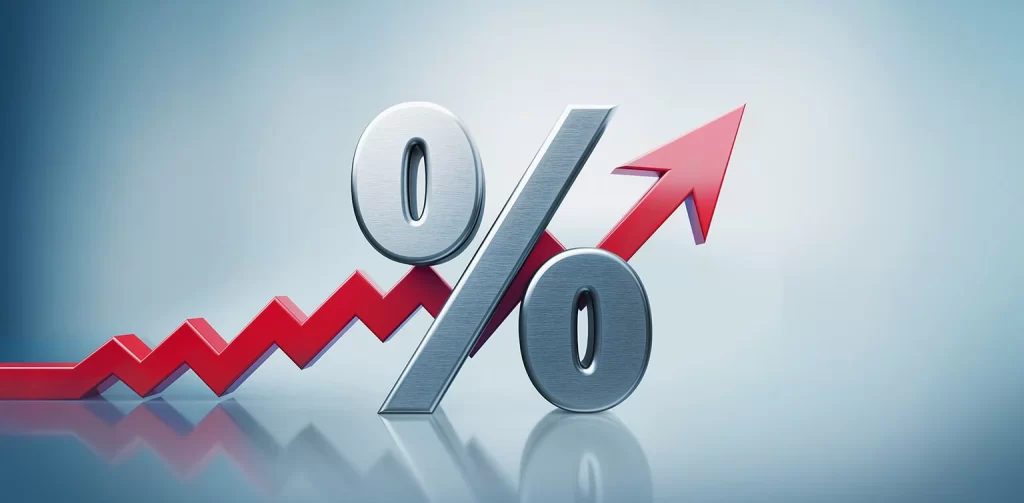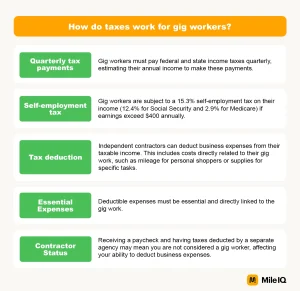The Impact of Interest Rate Changes on Loan Payments
3 min read
Interest rates play an integral part of driving the economy forward by encouraging individuals and institutions to borrow, lend and spend money. But when rates fluctuate unexpectedly it can impact different loans differently.
Rising rates often result in an increase in the prime rate, the credit-worthiness benchmark used by banks to determine how much to charge new borrowers, which in turn pushes up credit card, home equity line of credit and adjustable-rate mortgage interest rates.
Higher Payments
Interest rates are an essential indicator of economic health. Low rates can encourage borrowing and spending that benefits your finances; conversely, high rates can hinder economic development and cause job market challenges.
Rate increases typically indicate it’s becoming more costly to borrow money, making loans like credit cards or lines of credit more expensive to access; and fixed-rate loans like mortgages or auto loans more costly in terms of monthly payments and balance increases over time.
When the Federal Reserve raises rates, it often indicates a surge in credit demand and rising inflation expectations. Rate increases could also occur as a result of factors like stock market declines, slow economic growth and rising unemployment; when rates decrease instead it usually indicates that economies are healthy with inflation under control and that saving incentives have increased accordingly for individuals and businesses alike.
Less of Your Payments Goes to the Principal
Numerous personal loans with variable interest rates – credit cards, home equity lines of credit and some student loans among them – include those with variable rates that fluctuate based on factors like the federal funds rate or economic conditions. As the Fed raises or lowers rates in response to other events or factors within our economy, so may these rates go up or down accordingly.
These variables make it hard to predict your monthly payments accurately. If your loan has variable interest rates, be mindful that as rates rise, so will the portion that goes toward principal.
However, when rates decrease it can make purchasing larger vehicles and homes much simpler. Therefore it is crucial to understand how interest rates impact loan payments so you can plan and take proactive money management steps that will prevent unnecessary debt while saving money in the long run.
More of Your Payments Goes to Interest
Interest rate fluctuations can have a wide-ranging effect, from car costs to your savings goals. As most of us will eventually take out loans or credit cards at some point in our lives, it’s wise to carefully assess any changes to interest rate before making major purchases or initiating savings plans.
Loan and credit card interest payments are calculated based on an annual percentage rate (APR) applied to your principal balance owed, which includes charges paid off but still outstanding after initial installment payments have been deducted from it. A higher APR results in higher monthly payments as well as more time needed to clear off this outstanding debt.
Rising rates can have serious repercussions for new borrowers as well as those carrying variable rate debt such as adjustable-rate mortgages (ARMs), home equity lines of credit and credit card balances. They may also affect savers as banks offer higher yields to attract deposits.
Less Borrowing Power
As interest rates increase, lenders tend to restrict how much you can borrow depending on your debt-to-income ratio (DTI). You may also have to extend the duration of your loan term in order to qualify for larger loans; this can add additional borrowing costs.
Ultimately, this can be explained by supply and demand: when demand for loans and credit increases significantly, lenders must increase supply in order to meet that demand; conversely, when demand decreases significantly, they may lower interest rates as an incentive to boost borrowing and spending activity.
Understand how interest rate changes impact your borrowing power can help you make informed financial decisions and achieve long-term goals. By keeping an eye on market conditions, considering refinancing options, paying off high interest debt first and building your credit score to create an advantaged position with regards to managing interest rate fluctuations and taking control of your borrowing power, you can effectively take control of interest rate changes to make smart financial decisions and capitalize on them to achieve success.


